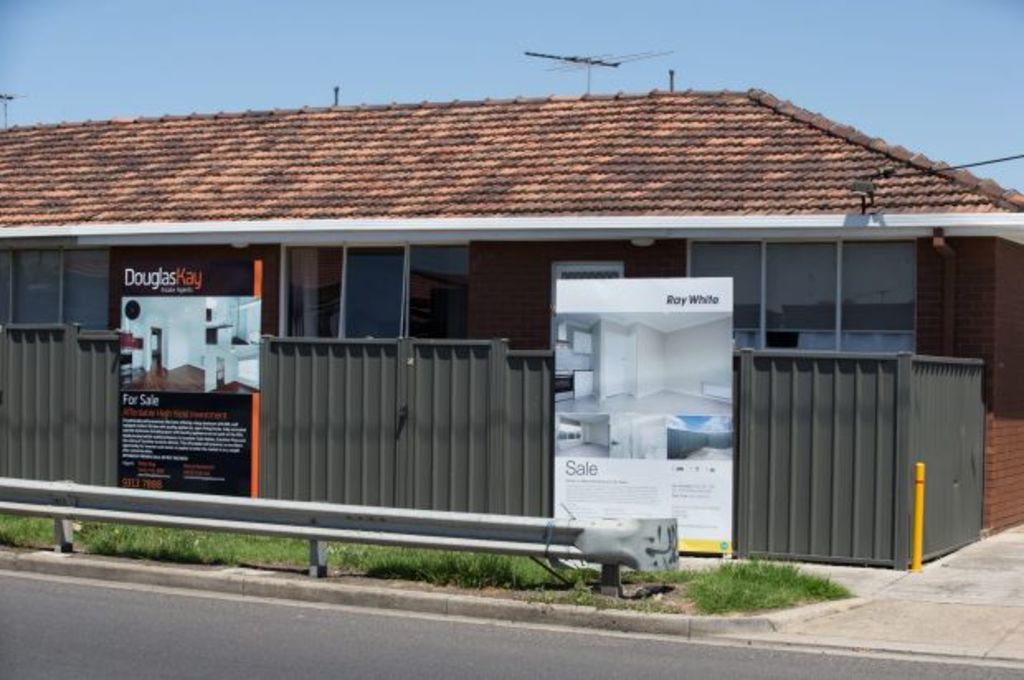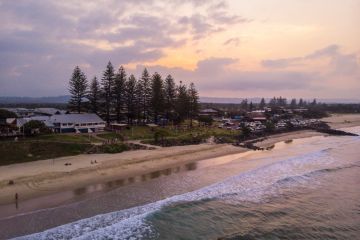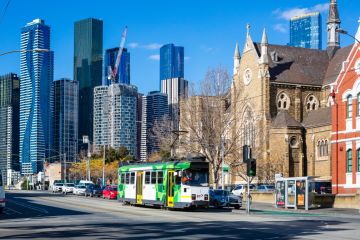Plenty of houses in one street for sale: It's not always a bad thing

Rows of for sale signs in the one street may not create the best first impression. But it’s not as bad as you think.
A plethora of real estate boards is a sure sign of high price growth, says Josh Rowe, chief executive of property price prediction firm realAs.
“The volume of sales in a particular street or suburb is actually indicative of growth, so high sales tend to show there’s stronger growth,” he says.
“So when streets or suburbs are more tightly held, that’s probably a sign that less volume usually means less growth.”
Buyers could be forgiven for thinking the worst – a disruptive neighbour, an imminent development or recent criminal activity. To get objective information, Rowe recommends asking the locals about their take on sales activity.
“I always recommend speaking to the neighbours to get a sense of what’s going on outside of what a real estate agent might tell you,” he says.
“It’s always really important to get a feel for what the locals are saying.”
Of Australia’s total housing stock, Rowe says 5 per cent comes on to the market each year. This means it takes about 20 years for all the housing to completely change hands.
However, in high sales areas, the volume of housing for sale can rise to about 8 per cent.
In Sunshine, Melbourne’s third-fastest growing suburb for house prices, for sale signs are a common sight. On busy Wright Street, which stretches for approximately three kilometres, eight properties are now on the market.
Peter Kay from Douglas Kay Estate Agents says he understands how this level of sales activity may be negatively interpreted.
“I think it can come across as off-putting, specifically in this case because it’s on a main road, however sometimes it’s just a coincidence,” he says.
One high sales result can often inspire nearby homeowners to sell, leading to a domino effect in the surrounding area, Kay says. He points to 104 Wright Street, which sold for $600,000.
“It causes a knock-on effect of people trying to cash-in so it could be a little bit like follow the leader – it’s not uncommon,” he says.
In nearby Dorothy Street, Sunshine, home to fewer than 20 properties, seven were sold last year.
Demographic shifts, particularly in areas of recent gentrification, are often an underlying reason.
“In an area like Sunshine where the demographic has been aging, a lot of people passing away and a lot of deceased estates, it could just be a cyclical thing,” Kay says.
“It’s just come time for a lot of those houses to come up on the market.”
We recommend
States
Capital Cities
Capital Cities - Rentals
Popular Areas
Allhomes
More







